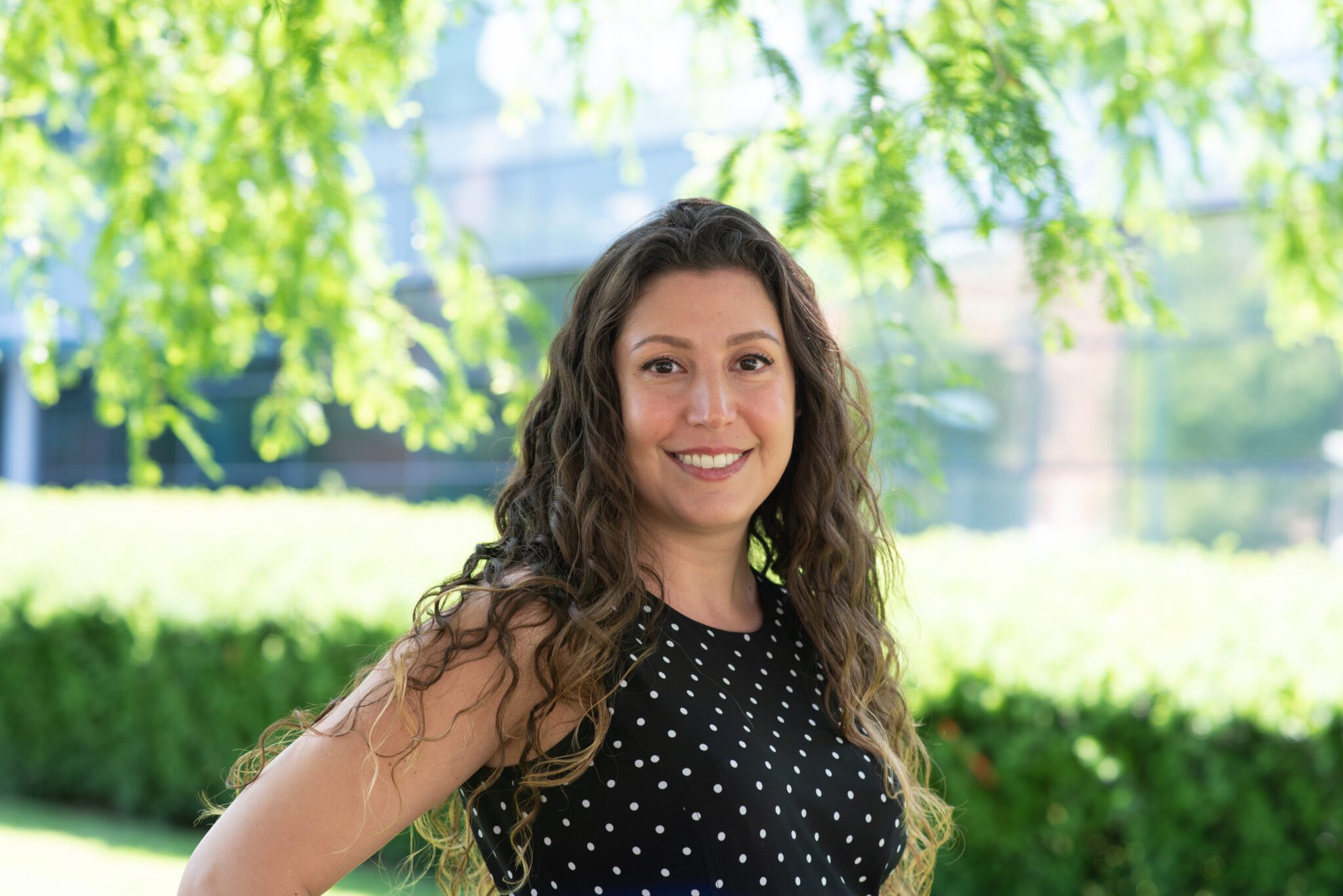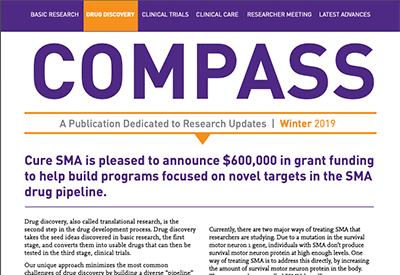Each year, Cure SMA invites scientists from around the world to submit funding proposals for basic research projects that address specific unanswered questions in SMA biology. Our Scientific Advisory Board then ranks the submitted proposals on both their scientific merit and relevance to Cure SMA’s research priorities. Funding is awarded to the highest ranked projects.
In 2024, Cure SMA awarded a total of $740,000 to six scientists to pursue these objectives!
Mandana Arbab, PhD, has been awarded $140,000 for her research project, “Preclinical development of a base editing therapeutic for SMA.”
Meet Dr. Arbab
Dr. Arbab is an assistant professor of neurology at the Rosamund Stone Zander Translational Neuroscience Center at Boston Children’s Hospital and Harvard Medical School. She entered the field of SMA research as a PhD student, when she developed induced pluripotent stem cells (iPSCs) cell lines from SMA patients to better understand disease progression.
Today, Dr. Arbab’s lab develops genome editing therapeutics for genetic neurological disorders like SMA. Genome editing techniques allow researchers to make precise changes to genes. In people with SMA, loss of the SMN1 gene results in a shortage of the SMN protein in motor neurons and other cells throughout the body. However, all people with SMA have a second gene that also has a role in producing SMN protein. This is the survival motor neuron gene 2 (SMN2), often called the SMA “back-up gene.” Most of the SMN protein produced by SMN2 lacks a key building block that is normally produced by SMN1. This means that SMN2 cannot fully make up for the mutated SMN1 gene. In her Cure-SMA funded project, Dr. Arbab and her team will develop a genome editing strategy to change SMN2 to produce more fully functional SMN protein. They will do this work in cell and mouse models of SMA.
The Arbab Lab’s long-term goal is to develop a genome editing therapeutic for SMA that can edit the SMN2 gene and restore levels of the SMN protein in the spinal cords of SMA patients.

Cure SMA’s top basic research priorities currently include:
- Learning more about how the survival motor neuron protein (SMN), which is expressed at low levels in SMA, is expressed and functions.
- Understanding the ways the SMN protein affects motor neurons and other cells in the body.
- Developing new treatments and advancing existing drug research, focusing on add-on therapies which work independently of SMN.
- Finding new research tools that can be used to learn more about disease progression and treatment response in SMA.
Thank You!
Special thanks to the Concepcion Family, Nunemaker Family, Weisman Family, Luke 18:1 Foundation, and Dhont Foundation for their generosity to Cure SMA in our quest to invest in basic research that will ultimately drive the next generation of SMA treatments.


